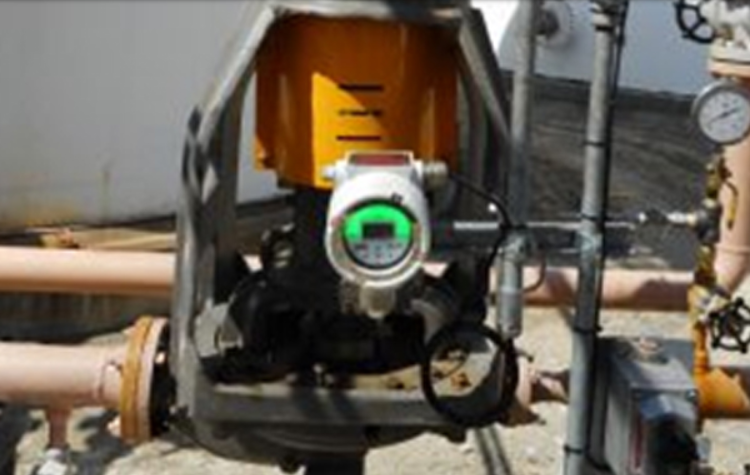MONUMENT CHEMICAL INSTALLS ION SCIENCE FALCO VOC MONITORS FOR GOOD MANUFACTURING PRACTICES
|
MONUMENT CHEMICAL INSTALLS ION SCIENCE FALCO VOC MONITORS FOR GOOD MANUFACTURING PRACTICES

Headquartered in Indianapolis, Indiana, Monument Chemical serves the speciality chemicals industry with locations in the heart of manufacturing hubs in the US and Europe. The company produces a variety of solvents, intermediaries, speciality fuels and other products, as well as industry leading custom manufacturing services.
False alarms on its lower explosive level (LEL) sensors and the need to improve its GMP prompted Monument Chemical to purchase Ion Science’s Falco fixed continuous PIDs to ensure reliable and accurate monitoring of potentially dangerous levels of combustible gas or solvent vapour, expressed in percent LEL.
Stem quench around LEL sensors often causes false alarms even where no event has occurred. Offering the ultimate in safety, Falco eliminates false readings found with other competing PID technology.
Unlike some facilities that are legally required to have leak seal detectors based on the type of pumps in use or within areas of concern, Monument Chemical wanted to further improve the monitoring of pump seal leaks as part of its GMP programme. The installation of Ion Science’s Falco fixed volatile organic compound (VOC) monitors also meets Monument Chemical’s statutory leak detection and repair (LDAR) obligations.
Ion Science’s Falco boasts fast response times and several innovative design features. The instrument’s ‘typhoon’ technology prevents condensation forming on the sensor and removes the risk of the system short-circuiting – making it ideal for use in harsh weather conditions. Simple to operate, Falco has an externally located, intrinsically safe sensor which facilitates quick and easy servicing without the need for a hot work permit.
Keyton continues: “When assessing the potential hazards involved in our day-to-day operations it became evident that Ion Science’s Falco fixed PID was the perfect solution for our application. We were particularly impressed with the instrument’s patented humidity resistant fence electrode technology and ability to work continuously in condensing atmospheres.
The operations team were concerned that a more sensitive reading in parts per million (ppm) would lead to further false alarms. However, since experiencing the unit’s performance, they have been very impressed by its stability.
|




